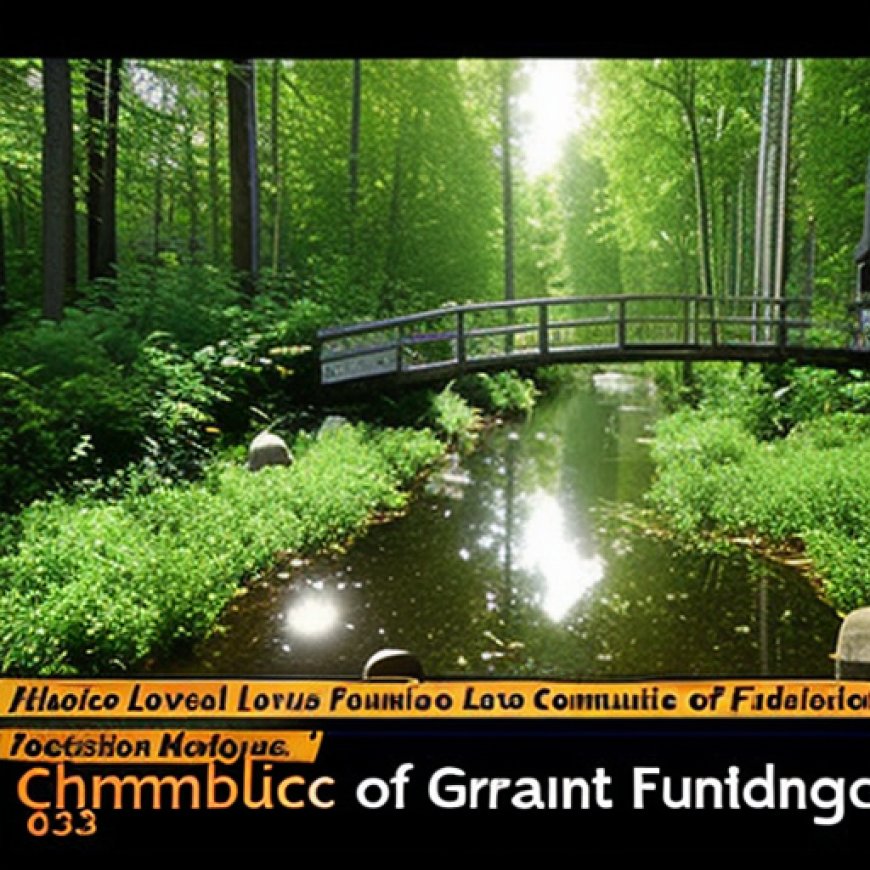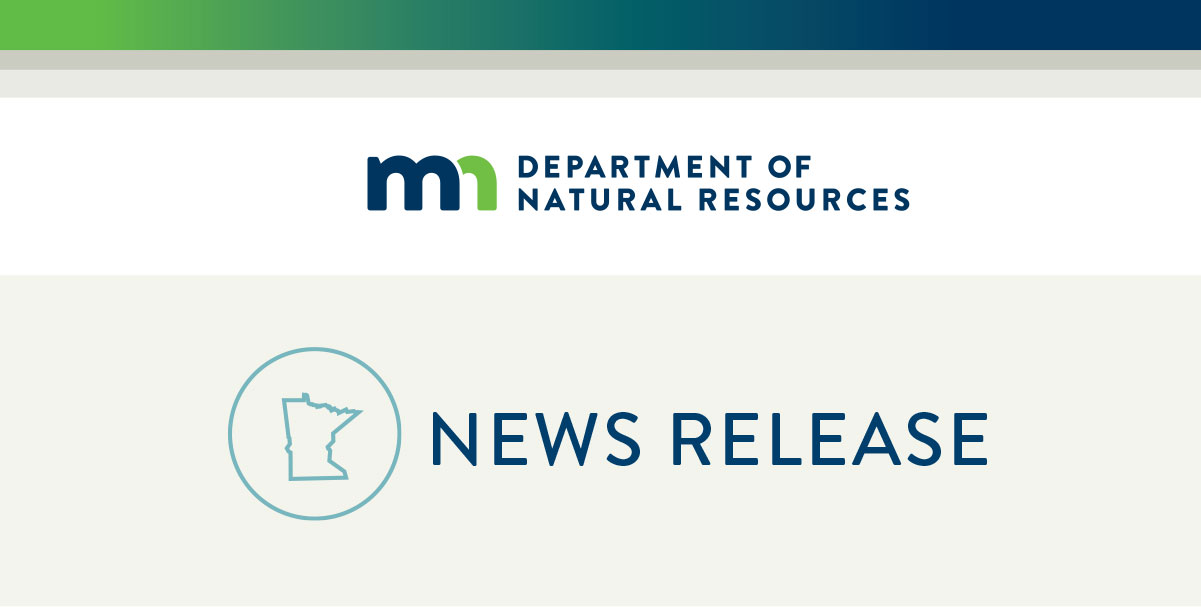Historic level of grant funding now available for urban and community forest management : Aug 3, 2023 | News release
Historic level of grant funding now available for urban and ... MN DNR


The Minnesota Department of Natural Resources Grants for Urban and Community Forest Management

The Minnesota Department of Natural Resources (DNR) has allocated over $25 million in grants to local units of government, tribal governments, and non-profit organizations until June 2027. These grants aim to support urban and community forest management, with a particular focus on addressing the challenges posed by the Emerald Ash Borer (EAB). The funding was secured during the 2023 Minnesota Legislative Session and will be distributed through a series of competitive grant application periods. The first application period began on July 31, 2023, with $16 million available for grants.
Grant Categories
There are two categories of grant funding available during the current application period:
- ReLeaf Grants: Up to $6.9 million is available for this round, with a similar amount to be offered next year. ReLeaf Grants are open to tribal governments, local units of government (including cities, counties, regional authorities, joint powers boards, towns), and non-profit organizations with 501(c) status. Parks and recreation boards in cities of the first class are also eligible. These grants cover a wide range of activities to address EAB and other forest health issues. Eligible activities include tree inventories, management plans, tree stump removal, tree replacement and planting, education and outreach, chemical treatment of ash with injectable non-neonicotinoid insecticides, and several other activities. For the first time, community forestry activities conducted by staff or contractors on residential land that is owned by or serves low-income residents are also grant-eligible. The deadline for ReLeaf Grant applications is Monday, September 18.
- Shade Tree Program Bonding Grants: Up to $10.1 million is available in total for Shade Tree Program Bonding Grants. These grants are open to tribal governments and local units of government. Eligible activities include the removal and replanting of shade trees to provide environmental benefits, replacement of trees lost to forest pests, disease, or storms, and tree plantings to establish a more diverse community forest that can better withstand disease and forest pests. These activities must be carried out on public or tribal land. The deadline for Shade Tree Bonding Grant applications is Monday, October 2.
Applicants can request a maximum of $500,000 per program and can apply to one or both programs. There is no minimum request or match required. Applications will be evaluated based on a range of scoring criteria, including the strength of the proposal (e.g., purpose, budget, timeline, staffing) and the extent to which the proposal aligns with the grant priorities of benefiting underserved populations and areas of concern for environmental justice. Emphasis will be placed on addressing EAB, especially the removal and replacement of ash trees presenting notable safety risks. To encourage smaller communities to apply, projects that serve communities with a population of 20,000 or less will receive a small scoring incentive.
For more information on grant criteria, eligible activities, and the application process, please visit the Minnesota DNR community forestry webpage.
Informational Sessions
The Minnesota DNR will be hosting several in-person, one-hour informational sessions to provide more details about these grant programs. The sessions will take place on the following dates and locations:
- Thursday, Aug. 3: 1 p.m., Two Harbors Public Library, Two Harbors 320 Waterfront Dr., Two Harbors, MN 55616
- Friday, Aug. 4: 10 a.m., Bremer Room, Great River Regional Library, St. Cloud 1300 W. St. Germain St., St. Cloud, MN 56301
- Tuesday, Aug. 8: 10 a.m., Room 104, City Hall, Rochester 201 4th St. SE, Rochester, MN 55904
- Thursday, Aug. 10: 10 a.m., DNR Office, Windom 175 Co. Rd. 26, Windom, MN 56101
- Tuesday, Aug. 15: 10 a.m., Bluepeak Room, Red Baron Arena, Marshall 1651 Victory Dr., Marshall MN 56258
- Wednesday, Aug. 16: 10 a.m., DNR Central Office, St. Paul 500 Lafayette Rd., St. Paul, MN 55155
In addition, an informational webinar about the grant programs was hosted by the Minnesota Shade Tree Advisory Committee on Aug. 2. The webinar was recorded and will be made available on the DNR community forestry webpage for those unable to attend an in-person session. Interested applicants can also reach out to [email protected] with any questions regarding these grant programs, and can also contact the DNR forester in their region for further assistance.
SDGs, Targets, and Indicators in the Article
1. Which SDGs are addressed or connected to the issues highlighted in the article?
- SDG 11: Sustainable Cities and Communities
- SDG 13: Climate Action
- SDG 15: Life on Land
2. What specific targets under those SDGs can be identified based on the article’s content?
- SDG 11.7: By 2030, provide universal access to safe, inclusive and accessible, green and public spaces, in particular for women and children, older persons and persons with disabilities.
- SDG 13.1: Strengthen resilience and adaptive capacity to climate-related hazards and natural disasters in all countries.
- SDG 15.2: By 2020, promote the implementation of sustainable management of all types of forests, halt deforestation, restore degraded forests and substantially increase afforestation and reforestation globally.
3. Are there any indicators mentioned or implied in the article that can be used to measure progress towards the identified targets?
- Indicator for SDG 11.7: Percentage of population with access to public spaces, including parks and gardens.
- Indicator for SDG 13.1: Number of countries with national and local disaster risk reduction strategies.
- Indicator for SDG 15.2: Forest area as a proportion of total land area.
Table: SDGs, Targets, and Indicators
| SDGs | Targets | Indicators |
|---|---|---|
| SDG 11: Sustainable Cities and Communities | Target 11.7: By 2030, provide universal access to safe, inclusive and accessible, green and public spaces, in particular for women and children, older persons and persons with disabilities. | Indicator: Percentage of population with access to public spaces, including parks and gardens. |
| SDG 13: Climate Action | Target 13.1: Strengthen resilience and adaptive capacity to climate-related hazards and natural disasters in all countries. | Indicator: Number of countries with national and local disaster risk reduction strategies. |
| SDG 15: Life on Land | Target 15.2: By 2020, promote the implementation of sustainable management of all types of forests, halt deforestation, restore degraded forests and substantially increase afforestation and reforestation globally. | Indicator: Forest area as a proportion of total land area. |
Behold! This splendid article springs forth from the wellspring of knowledge, shaped by a wondrous proprietary AI technology that delved into a vast ocean of data, illuminating the path towards the Sustainable Development Goals. Remember that all rights are reserved by SDG Investors LLC, empowering us to champion progress together.
Source: dnr.state.mn.us

Join us, as fellow seekers of change, on a transformative journey at https://sdgtalks.ai/welcome, where you can become a member and actively contribute to shaping a brighter future.







